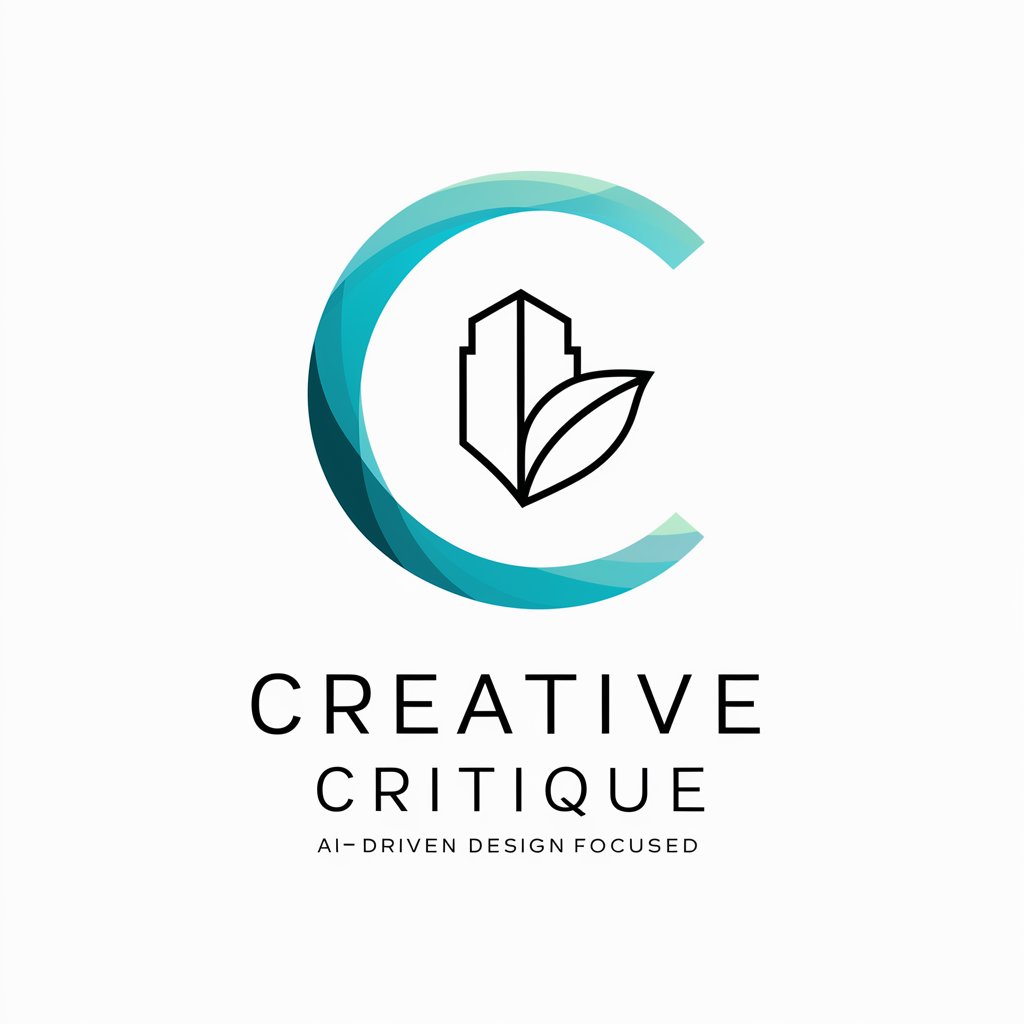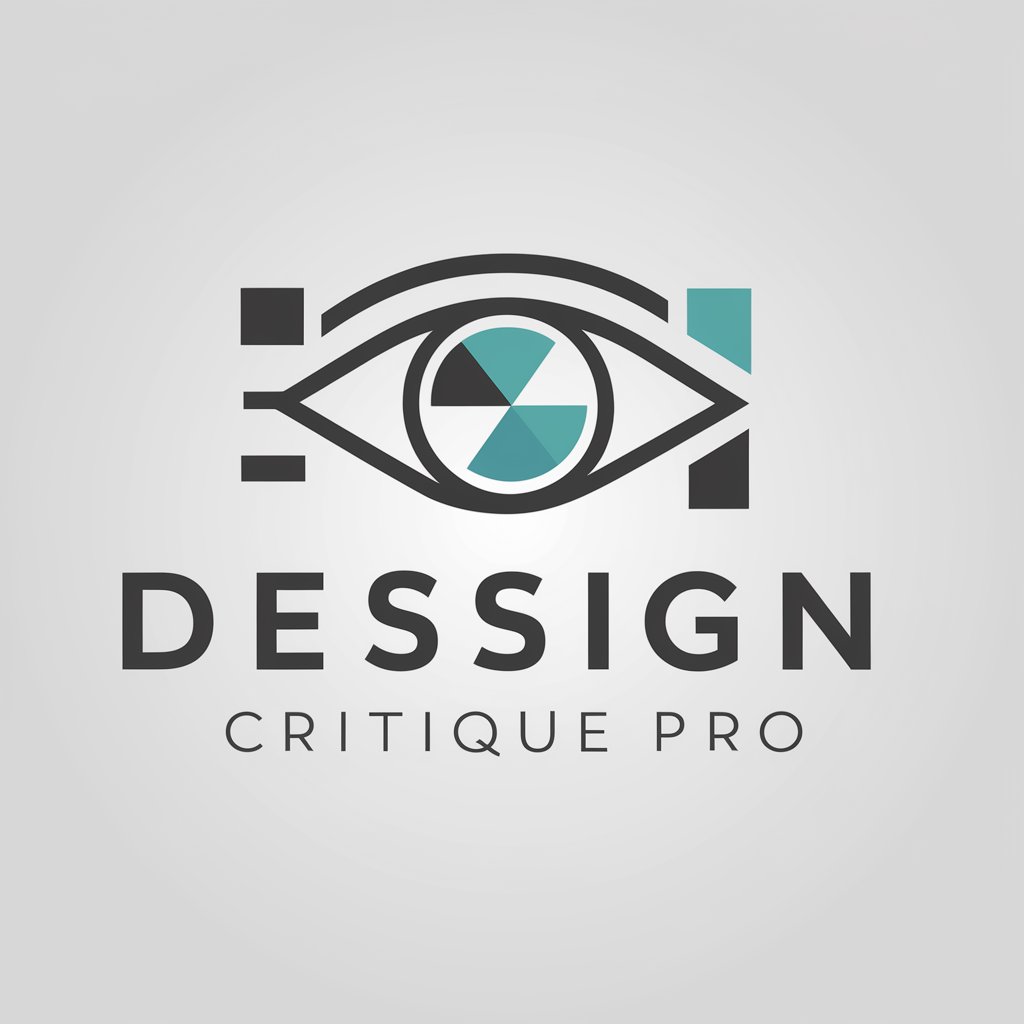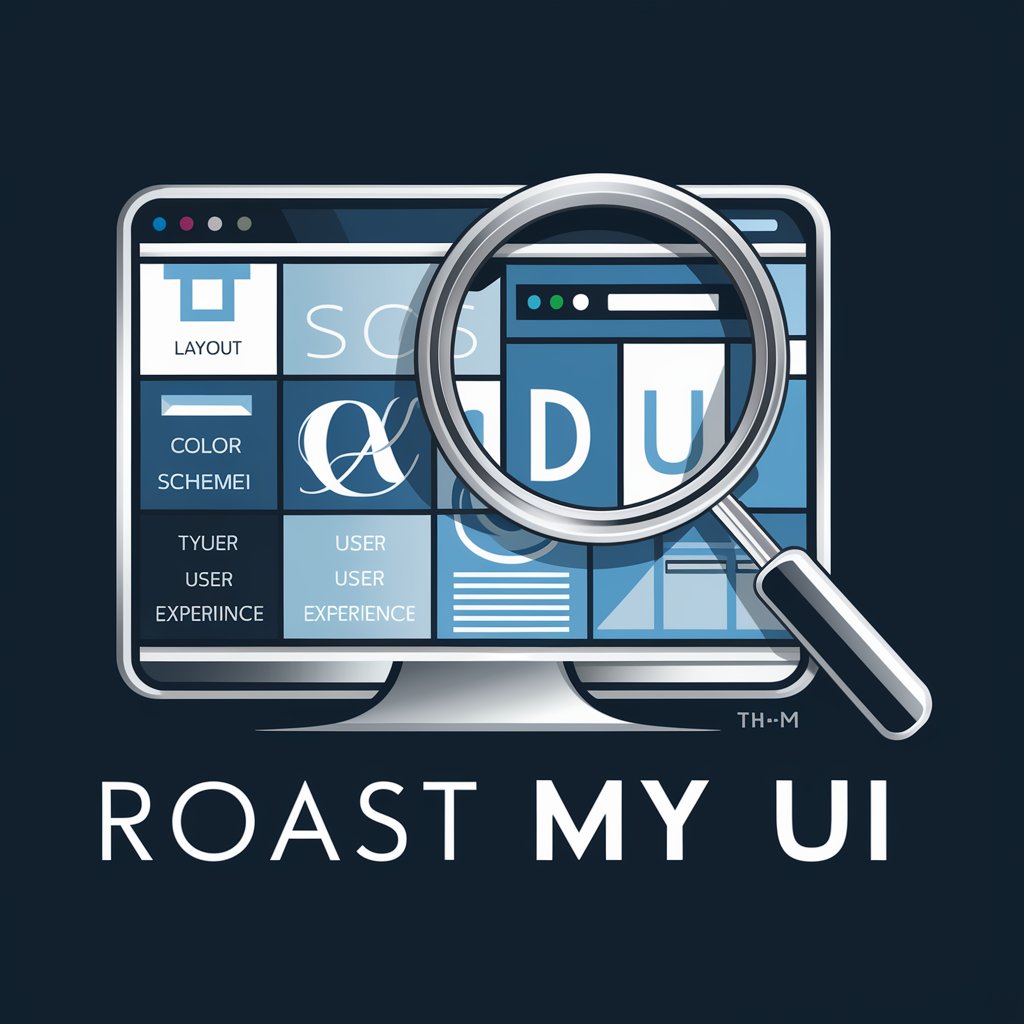5 GPTs for UI Evaluation Powered by AI for Free of 2025
AI GPTs for UI Evaluation are advanced tools based on Generative Pre-trained Transformers technology, specifically designed to assess and improve user interfaces. These tools analyze UI elements, user interactions, and overall design effectiveness, providing insights and recommendations tailored to enhancing user experience. By leveraging the capabilities of GPTs, these tools offer precise, context-aware evaluations, making them invaluable in the development and refinement of user interfaces.
Top 5 GPTs for UI Evaluation are: Website Roaster,Creative Critique,DesignCriticGPT,Roast my UI,Design critique
Website Roaster
Revamp Your Site with AI Wit

Creative Critique
Enhancing Creativity with AI Insight

DesignCriticGPT
Empowering design decisions with AI

Roast my UI
Elevating Design Through AI-Powered Feedback

Design critique
Elevate Your Designs with AI-Powered Critique

Key Attributes and Functionalities
AI GPTs for UI Evaluation boast a range of unique features, including adaptability to various UI design principles, real-time feedback on interface usability, and comprehensive analysis of user interaction data. Specialized capabilities such as natural language processing allow these tools to understand and critique textual UI elements, while image generation features can suggest design improvements. Additionally, data analysis functions enable a deep dive into user behavior, facilitating a nuanced understanding of UI strengths and weaknesses.
Intended Users of AI GPTs in UI Evaluation
These tools cater to a broad audience, from novices in UI design to seasoned developers and UI/UX professionals. They are particularly beneficial for individuals seeking to enhance their interfaces without extensive coding knowledge, offering intuitive guidance and recommendations. For experts, these tools provide advanced customization options and the ability to integrate with existing workflows, thereby augmenting the UI development process.
Try Our other AI GPTs tools for Free
Typography Review
Discover how AI GPTs for Typography Review can transform your text content with tailored font and layout recommendations, designed for both novices and professionals.
Tagline Creation
Discover how AI GPTs revolutionize tagline creation, offering tailored, impactful slogans with advanced natural language processing. Perfect for marketers and brands aiming for resonance.
Digital Solutions
Discover how AI GPTs are revolutionizing Digital Solutions, offering adaptable, efficient, and innovative tools for a wide range of digital tasks and services.
Climate Adjustment
Discover AI GPTs for Climate Adjustment: cutting-edge tools transforming climate science and policy with predictive models, data analysis, and user-friendly interfaces.
Language Tips
Discover the power of AI GPTs for Language Tips, your ultimate tool for mastering languages, enhancing writing, and unlocking new levels of linguistic proficiency.
Relocation Advice
Discover how AI GPTs for Relocation Advice can simplify your moving process with personalized, up-to-date guidance and solutions tailored to your needs.
Further Perspectives on AI GPTs in UI Evaluation
AI GPTs for UI Evaluation represent a significant advancement in the field of user interface design. Their ability to provide context-aware, detailed analyses and recommendations empowers designers and developers to create more effective, user-friendly interfaces. Moreover, the integration of these tools with existing systems underscores their flexibility and the potential for enhancing UI evaluation methodologies across various sectors.
Frequently Asked Questions
What exactly are AI GPTs for UI Evaluation?
AI GPTs for UI Evaluation are intelligent tools that utilize Generative Pre-trained Transformer technology to analyze and improve user interfaces, offering tailored recommendations for design enhancements.
How do these tools adapt to different UI design challenges?
Through machine learning and natural language processing, these tools can adjust their analysis and feedback based on specific UI principles and user interaction data, ensuring relevant and effective recommendations.
Can non-technical users utilize these AI GPTs effectively?
Yes, these tools are designed with user-friendly interfaces that guide non-technical users through the UI evaluation process, making sophisticated UI analysis accessible to all.
What unique features do AI GPTs for UI Evaluation offer?
Key features include adaptability to various UI challenges, real-time feedback mechanisms, natural language processing for textual analysis, image generation for design suggestions, and comprehensive data analysis capabilities.
How can developers customize these GPTs for specific UI projects?
Developers can leverage programming interfaces provided by these tools to customize evaluations, integrate with existing systems, and tailor recommendations to align with project-specific requirements.
Are these tools suitable for evaluating mobile and web interfaces alike?
Absolutely, AI GPTs for UI Evaluation are versatile enough to assess both mobile and web interfaces, providing relevant insights and improvements for each platform.
How do these tools contribute to the overall user experience?
By identifying usability issues, suggesting design improvements, and offering insights into user behavior, these tools play a crucial role in enhancing the intuitiveness, attractiveness, and functionality of user interfaces.
Can these tools integrate with existing UI design and development workflows?
Yes, their advanced customization capabilities allow for seamless integration with current design and development processes, facilitating a more efficient and effective UI evaluation and enhancement workflow.